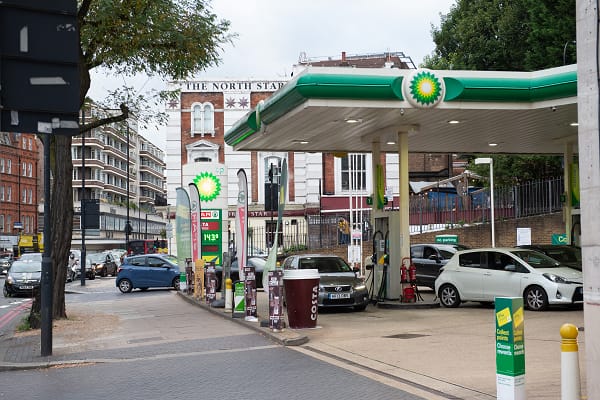As interest rates rise for the fifth time in a row, to 1.25%, there are concerns that this will lead to even more financial worry for families as the cost of borrowing increases.
The cost of living is spiralling out of control with the price of fuel, energy, and food all rising at an alarming rate. This is seeing some families having to choose between heating their homes, putting food on the table, and filling up their cars.
Since the small fuel duty cut in March, nothing more has been done to support motorists with the cost of petrol and diesel. However, several European nations are significantly cutting fuel duty to provide much needed support to consumers.
With the UK government benefiting from rising VAT receipts on fuel as prices soar, KIS Finance looks at whether it’s time for a further 10p reduction in fuel duty?
Although fuel duty has been cut, VAT is still charged at a rate of 20%. With prices going up, this means that the amount of VAT the government earns on each litre of fuel is also increasing.
As fuel prices soar the cost of filling up is now substantially more than it was before the fuel duty cut in March, making the 5p reduction somewhat obsolete.
The cost of fuel now means that filling up an average family car costs more than £100. This has resulted in calls to government from both industry and consumers to do something more regarding fuel duty.
In an interim budget in March 2022, the government announced a fuel duty cut of 5p per litre. This brought the rate of 57.95p per litre (frozen since 2011) down to 52.95p per litre in a bid to ease the pressure on motorists amid rising costs.
However VAT, set at a rate of 20%, remained unchanged.
With the average cost of a litre of petrol costing 185.44p, the total tax (fuel duty plus VAT) paid by the consumer at the pump is 83.85p per litre. For diesel this is 84.82p per litre.
The simple answer is: the government must make a further cut to fuel duty in order to bring the price of filling up an average tank back below £100.
The UK is massively trailing behind other countries when it comes to supporting motorists. For example, Italy has cut fuel duty by an impressive 22p per litre for both petrol and diesel. This proves that there’s still plenty of room for the UK government to make further cuts.
The cost of fuel is putting even more pressure on families already struggling with energy bills and the overall cost of living. Calls for people to walk and use public transport is not the answer for those who are reliant on their vehicles for work or seeing family.
While the government has made several positive movements in terms of combating energy bills, there is more that can be done here.
Taking the average number of litres of fuel consumed in a month in the UK and the current cost of fuel per litre, we have calculated the average amount of tax the government makes on petrol and diesel sales every month.
We also wanted to compare how much the government made on fuel sales before the huge spike in prices to how much they’re making now.
Looking at the price of petrol and diesel in January, and the number of litres sold in the UK, the government would have made approximately, £867,555,600 from VAT a staggering £2,043,085,200 from fuel duty (at a rate of 57.95p per litre), whilst the total tax earned on fuel sales in one month, based on January 2022 prices was £2,910,640,800
So, even after the 5p fuel duty reduction, the government is taking an average of £67,318,920 more per month (compared to January) in total tax, due to the additional VAT receipts on current fuel prices.
With it now costing families over £100 to fill up an average car, there are calls across the industry to make a further cut to fuel duty of approximately 10p. This would bring the cost of a full tank back down to below £100, if acted upon before further price hikes.
Holly Andrews, Managing Director at KIS Finance and personal finance expert said, “Rather than us focusing on whether the 5p fuel duty cut has been passed on correctly to consumers, it’s time to focus on the fact that we need a bigger cut to be announced if there’s any chance of motorists seeing a petrol receipt of below £100 for a full tank.
Pump prices are rising far too quickly for the 5p per litre cut to have any real effect. The government needs to make a reduction of at least a further 10p per litre if they truly want to ease pressures.
The government is making more and more from the 20% VAT charged on every litre of fuel as prices continue to rise, so it only seems fair that they offset this by reducing the fuel duty charged.
Other countries have made fuel duty cuts up to five times bigger than the UK government, so the UK appears to be trailing far behind.”





Leave a Comment